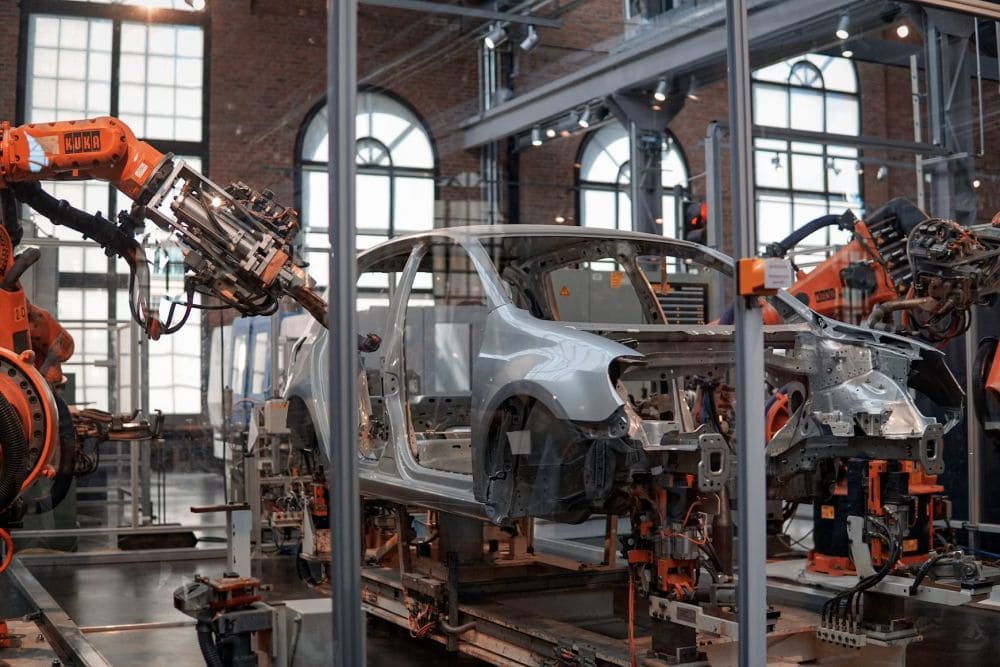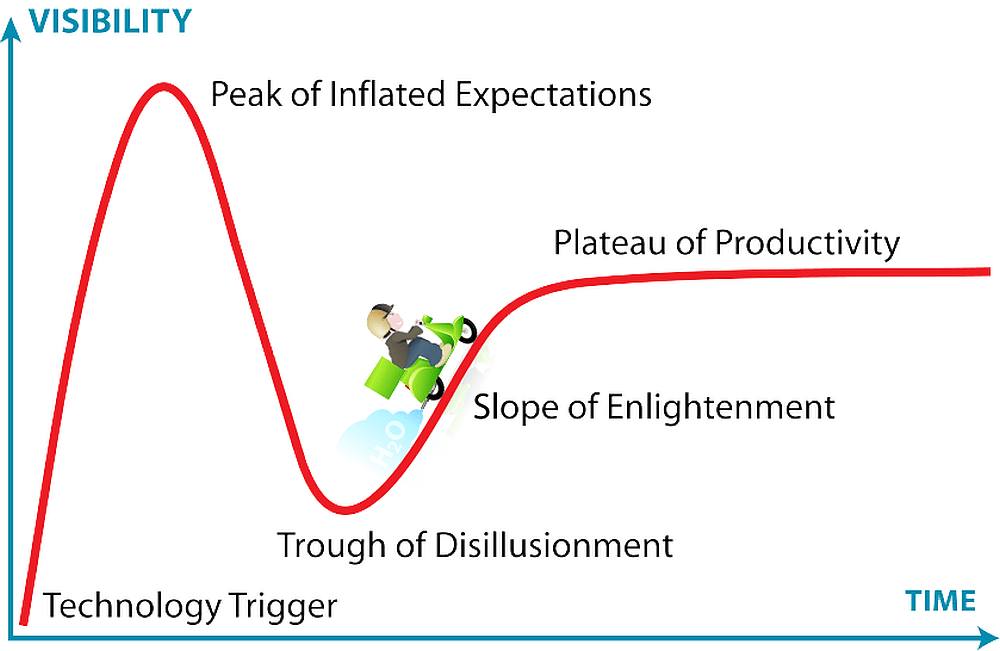
[Image above] Credit: Lenny Kuhne, Unsplash
Ever since the U.S. government set the first federal minimum wage in 1938, the decision to raise the minimum wage or not leads to heated debate every time it’s discussed.
Supporters argue that raising the federal minimum wage is a clear way to build the economic security of workers and their families, especially low-wage workers and workers from historically marginalized communities. On the other hand, opponents argue that the benefits of higher wages are voided by an increase in the price of consumer goods as companies attempt to maintain their profit margin despite the higher labor costs.
The veracity of these arguments remains a topic of debate among economists. But a new open-access paper by several Swiss economists suggests that the concern that higher wages may result in reduced employment opportunities is valid when it comes to jobs with the potential for automation.
Automation is the use of various machines and control systems to perform tasks with minimal human input. While automation can benefit workers by taking over risky or dangerous job functions, if certain low-skill positions are automated, some workers may face unemployment if there are no opportunities to upskill or reskill.
Economists have theorized that higher wages drive innovation in automation technology as companies seek cost-saving measures to expensive labor. The new open-access paper provides the first strong empirical evidence to support this idea.
To conduct this study, the Swiss economists combined two distinct datasets: a newly developed dataset of automation patents and a macroeconomic dataset covering 41 countries. From this data, the researchers were able to calculate wage levels and analyze how wage fluctuations drive automation innovation.
They found that higher wages for low-skilled workers incentivized firms to invest in automation innovation to reduce their production costs. On the other hand, higher wages for high-skilled workers, such as those who operate and install automation machinery, reduced automation innovation because it makes implementing automation more expensive.
To provide more support for these findings, the economists analyzed past labor market reforms and their impact on innovation trends, specifically the Hartz employment reforms in Germany. These reforms, implemented between 2003 and 2005, aimed to bring down the unemployment rate by, among other things, creating part-time job opportunities with a low threshold and minimum salary.
The economists found that the introduction of low-wage jobs during the Hartz reforms led to a decline in automation innovation among firms exposed to the German market. This discovery supports their findings regarding the relationship between skill level, wages, and automation innovation.
“Our results highlight that labor market policies can generate technological responses,” the economists write.
They conclude the paper by stating future research could adapt their classification method to patents for emerging automation technologies, such as artificial intelligence, to determine its relationship to wages.
Data and code to replicate all results in the paper are available here.
The open-access paper, published in Journal of Political Economy, is “Induced automation innovation: Evidence from firm-level patent data” (DOI: 10.1086/734778).
Author
Lisa McDonald
CTT Categories
- Manufacturing
- Market Insights
Related Posts
Hype cycles: The uphill climb for hydrogen bikes
June 26, 2025


